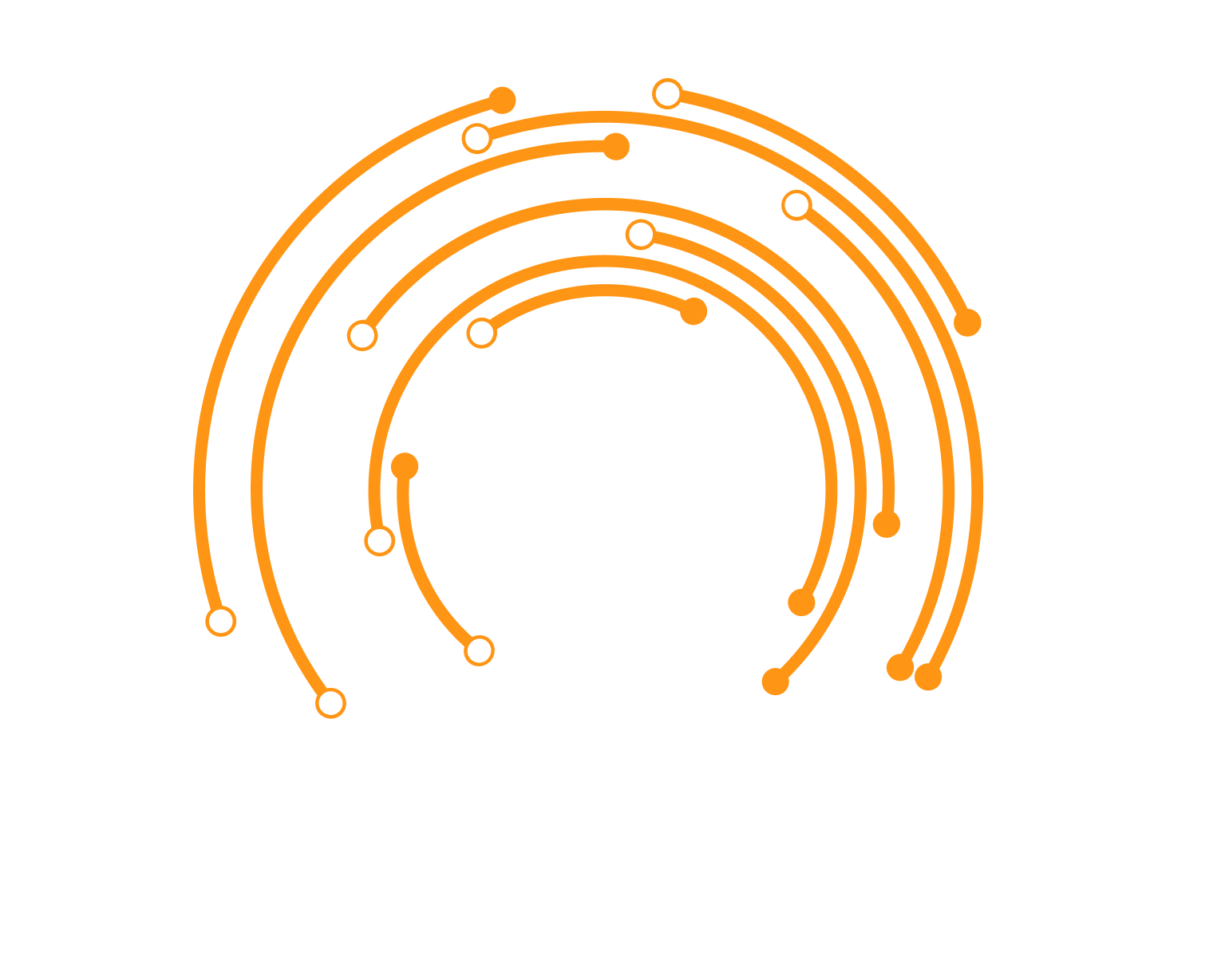In the evolving landscape of technology, three domains stand out for their profound impact on how we interpret data and automate processes: Data Science, Machine Learning, and Artificial Intelligence (AI). While these fields are interrelated, each has distinct roles and applications that contribute to the broader goal of transforming data into actionable insights and intelligent systems. This article delves into the nuances of each domain, highlighting their unique contributions and intersections.

Data Science: The Foundation of Modern Data Exploration
Definition and Role: Data Science is the backbone of the data-driven world. It involves extracting knowledge and insights from both structured and unstructured data. Data scientists employ various methods to explore, analyze, and interpret large datasets, aiming to uncover patterns, generate hypotheses, and test them rigorously.
Core Activities:
- Statistical Analysis: Utilizing statistical techniques to identify trends and relationships within data.
- Data Mining: Extracting useful information from large datasets through methods like clustering and classification.
- Data Visualization: Presenting data in graphical formats to make insights easily understandable.
- Data Cleanup and Organization: Preparing data for analysis by handling missing values, correcting inconsistencies, and structuring datasets appropriately.

Prerequisite to Machine Learning: Data Science sets the stage for Machine Learning by providing the necessary tools and frameworks to understand data comprehensively. It involves preparing the data and uncovering initial insights that guide the development of predictive models.
Machine Learning: Building Predictive Models
Definition and Role: Machine Learning (ML) is often seen as a subset of Data Science. It focuses on building mathematical models designed to learn from and make predictions based on data. These models are crafted as data structures that can be applied to new, unseen data to perform tasks such as classification, regression, and clustering.
Core Applications:
- Image Recognition: Identifying objects and patterns in images, crucial for applications like facial recognition and medical imaging.
- Anomaly Detection: Detecting outliers in data, which is essential for fraud detection and quality control.
- Chatbots: Developing systems that can understand and respond to human language, enhancing customer service and user interaction.
- Recommender Systems: Suggesting products or content based on user preferences and behavior, as seen in platforms like Netflix and Amazon.
Artificial Intelligence: Simulating Human Intelligence
Definition and Role: AI extends the capabilities of Machine Learning by applying these models to solve complex problems and make decisions that mimic human intelligence. It encompasses a broad range of techniques aimed at achieving tasks that typically require human cognitive functions.
AI Effect: A unique aspect of AI is the “AI Effect,” where once a problem is solved using AI, it ceases to be considered AI and becomes a standard technology. This highlights AI’s role in continually pushing the boundaries of what machines can do.
General Intelligence: While current AI systems (often termed “Weak AI” or “Narrow AI”) are specialized in specific tasks, the ultimate goal of AI research is to achieve “Strong AI” or “General Intelligence.” This would involve creating systems capable of performing any intellectual task that a human can do.
Interconnections and Future Directions
Data Science and AI Synergy: The synergy between Data Science, Machine Learning, and AI drives many innovations we see today. Data Science provides the raw materials and initial insights, Machine Learning refines these insights into predictive models, and AI applies these models to create intelligent systems that enhance decision-making and automate complex tasks.
Emerging Trends:
- Automated Machine Learning (AutoML): Tools and frameworks that automate the process of applying machine learning to real-world problems, making it more accessible.
- Explainable AI (XAI): Developing AI systems whose decisions and behaviors can be easily understood and interpreted by humans.
- Ethical AI: Ensuring AI systems are developed and deployed in ways that are fair, transparent, and respect user privacy and rights.
Conclusion
The fields of Data Science, Machine Learning, and AI are central to modern technological advancements. By understanding their roles and interconnections, organizations can better leverage these technologies to drive innovation, enhance decision-making, and create smarter systems that align with human capabilities and ethics. As these domains continue to evolve, they promise to unlock new possibilities and transform how we interact with the world.



